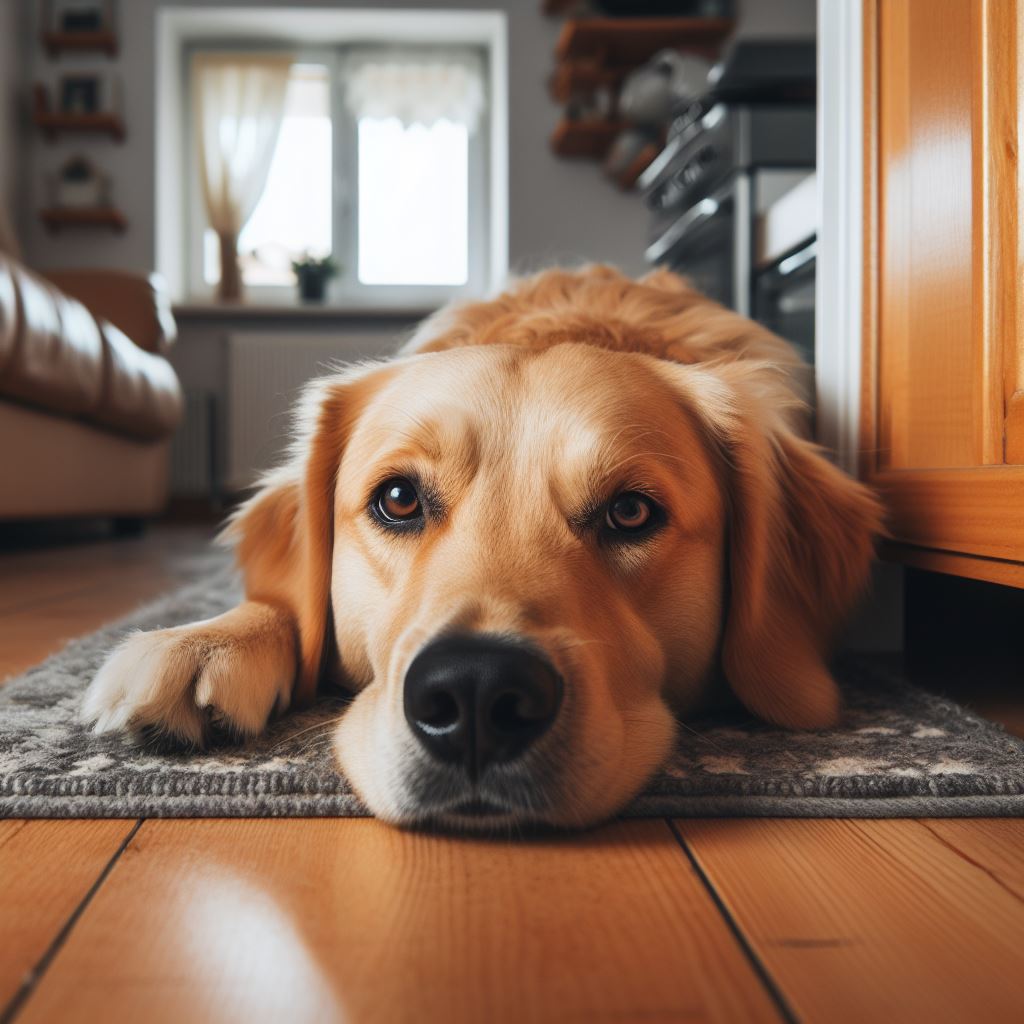Leaving a dog alone for extended periods can be a concern for many pet owners. The amount of time it’s okay to leave a dog alone depends on several factors, including their age, bladder control, temperament, and ability to handle separation anxiety. Here’s a comprehensive guide to help you understand how long is appropriate for different dogs.

General Guidelines
- Adult Dogs (1 Year and Older): For healthy adult dogs, the commonly recommended timeframe to leave them alone is 4-6 hours. Some well-trained and comfortable dogs might be able to handle longer durations, but this depends on their individual temperament and training.
- Puppies (Under 1 Year): Puppies require more attention due to their smaller bladders and weaker bladder control. It’s best not to leave a puppy alone for more than 1-3 hours. They need frequent potty breaks and human interaction to aid in their development and training.
- Senior Dogs (7 Years and Older): Senior dogs, much like adult dogs, can generally be left alone for 4-6 hours. However, some senior dogs may need more frequent breaks due to weaker bladder control and other age-related issues.
Important Considerations
- Individual Needs: These guidelines are general and may not apply to every dog. It’s essential to consider your dog’s specific temperament, health, and abilities. Some dogs may handle being alone better than others.
- Bladder Control: Bladder control is a significant factor. Dogs with incontinence or other bladder issues may require more frequent breaks. Consult your veterinarian to understand your dog’s specific needs.
- Separation Anxiety: Separation anxiety can be a serious issue for some dogs, leading to destructive behaviors. If your dog suffers from separation anxiety, it’s crucial to address this with a trainer or veterinarian before leaving them alone for extended periods.
Signs Your Dog Shouldn’t Be Left Alone for Long
- Destructive Behavior: Chewing furniture, digging, or excessive barking when left alone can indicate distress. These behaviors suggest your dog may not be coping well with being left alone.
- Whining and Crying: Vocalizations such as whining and crying often indicate anxiety or boredom. These signs mean your dog might be alone for too long.
- Accidents in the House: If a housebroken dog starts having accidents when left alone, it may be a sign they can’t hold their bladder for the duration they’re left alone.
Tips for Leaving Your Dog Alone
- Provide Plenty of Exercise: A tired dog is less likely to be destructive or anxious. Ensure your dog gets plenty of exercise before you leave them alone.
- Create a Safe Space: Designate a comfortable, puppy-proofed area for your dog. Ensure they have access to water and a chew toy to keep them occupied.
- Gradual Desensitization Training: If your dog has separation anxiety, work with a trainer on desensitization techniques. Gradually increase the time your dog spends alone to help them adjust.
- Consider Doggy Daycare or Pet Sitting: For extended absences, doggy daycare or hiring a pet sitter can provide your dog with companionship and necessary potty breaks.
Always Remember
It’s better to err on the side of caution. If you’re unsure how long your dog can handle being alone, start with shorter durations and gradually increase them as your dog adjusts. Consider hiring a dog walker or pet sitter for midday breaks if you need to be away for longer periods.
